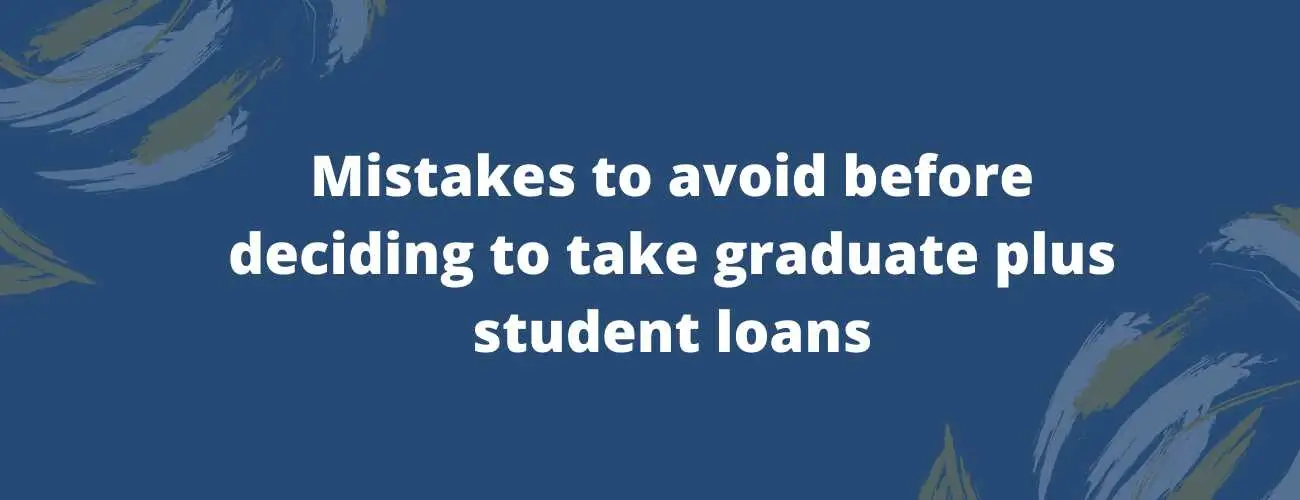Student Loans for Veterinary School
Veterinary school is expensive here are ways you can pay for veterinary school. Learn about the plan to go about paying for veterinary school and explore the various repayment assistance programs available.
Updated by Kirtika Acharya on 25th August 2020
Becoming a vet is a prestigious profession because you will treat the one who will not be able to tell you their problem. Still, you will understand and manage them regardless (yes! Animals are the best creatures alive on earth), and they will show their gratitude towards giving you happiness unlike any other.
Unlike many fields, studying to be a vet means you’re going to take on student loans. That’s because vet school is eight years, including your graduation, and tuition can cost six figures of debt. Veterinary schools are expensive. You need to know how to pay for vet school. Here we will discuss the student loans for Veterinary school as an option to help cover your tuition costs.
Table of contents
- Student loans for Veterinary Schools
- Becoming a vet is expensive
- Have a plan
- Repayment assistance programs for Veterinary school
Student loans for veterinary school
After releasing the free money now, you can turn to federal loans. Federal loans are the best way to pay for vet schools (after scholarships and grants) because they offer more flexibility and protection. Your salary will be less than what you owe in school loans, you want as many options as possible. Some of the federal student loan protections include:
-
Eligibility for a student loan forgiveness program
-
Eligibility for income-based repayment plans
-
Can be put into deferment or forbearance based on hardships
-
Have a fixed interest rate for life loans
-
You don’t require payment while enrolled in school at least part-time
-
Don’t require a credit check, except for the PLUS loan
-
Interest may be tax-deductible
By filling out the Free Application for Federal Student Aid (FAFSA), you can get help to pay for veterinary school. By filling out this, you can become eligible for vet school financial aid. The forms you should always take care of are:
-
Grants
-
Scholarships
After filling the FAFSA form, you may have to complete additional forms to receive the funds. You will also be eligible for loans, but you should release “free money” first. Federal student loans give you flexibility. Student Loans that can be taken out to pay for vet school are as follows:
Federal Loans for Veterinary school
1) Subsidized Direct Loans - For this, only undergraduate students are eligible. So, if you are thinking of getting admission in the 8-year path to vet school, then this is your first stop. These loans are at the top of the list because the government pays the accrued interest while you are in school. The total amount you can take out in subsidized student loans is $23,000. This can go pretty fast when you are undergraduate, so you’ll need to turn to the next best loan, too
2) Unsubsidized Direct Loans - These student loans are available to both undergraduates and graduate Unsubsidized student loans are available to both undergraduate and graduate school students. Consider this a very next option to pay for vet school because they carry a lower interest rate than PLUS loans and remain eligible for federal borrower protections.
3) Direct PLUS Loans - This loan, or Grad PLUS loan, is for graduate and professional students only. This last on the list because the interest rate is higher for this loan, which is 7.08%. This loan is eligible for forgiveness programs, bit only if you do a direct consolidation loan right after you exit your grace period. The Grad PLUS loan requires an additional application and credit check. This is the last option when you are choosing a federal loan. Because the interest rate is higher, you can compare your PLUS loan options to private student loans.
Private Loans for Veterinary School
Being a vet is a big decision that is to be funded strategically. Always give the first stop to federal loans. The only exception to this rule is in the case of a PLUS loan or if you meet your loan limits. If you still have some outstanding balances to cover, you can opt for private student loans. Here is a list of lenders one should consider -
|
Lender |
Fixed Apr |
Variable APR |
Min Credit Score |
|
College Ave Private Student Loan |
4.54 - 11.98% |
2.84 - 10.97% |
Mid-600s |
|
Sallie Mae Private Student Loan |
4.74 - 11.35% |
2.75 - 10.22% |
Does not disclose |
|
Wells Fargo Private Student Loan |
5.94 - 11.96% |
5.04 - 10.93% |
Does not disclose |
|
PNC Private Student Loan |
5.61 - 11.79% |
5.15 - 11.30% |
670 |
|
Citizens One Private Student Loan |
4.40 - 12.19% |
2.83 - 11.01% |
Does not disclose |
When comparing private student loans, one should keep the following factors in consideration -
-
The total amount you need to fill the gap
-
The loan origination fees — PLUS loans are at 4.236%*
-
The private loan monthly payment and loan term
-
The interest rates you’re offered on private loans compared to PLUS loans
-
If the interest rates you’re offered are fixed or variable
-
If the lender offers any flexibility for hardships or death
If you do decide to look for private student loans to pay for vet school, keep in mind that some lenders may require payments right away. You need to be in a financially stable place to make payments while you are in school.
Becoming a vet is expensive
In 2018, the American Veterinary Medical Association (AVMA) REPORTED 120,652 working veterinarians. Most of those vets left grad school with tons of student loans.
-
Let’s see how much it costs to become a veterinarian? An undergrad in veterinary technology costs between $67,000 and $86,000. Add the costs of a Doctor of Veterinary Medicine (DVM). In-state programs cost between $ 28000 and $54,000, and out-of-state programs cost between $41,000 and $66,000 per year. Multiply that by four years and add your undergrad and, you get a hefty vet school loan bill.
-
The average vet school debt reported by the AVMA for 2016 grads was $167,534.89. Tuition rises an average of $5,400 a year for a DVM program. This means current vet school grads have even more debt.
-
In the same 2016 report, 20% of grads had over $200,000 of student loans. The official data breakdown includes the graphic below: less than 1% of the graduating class has debt levels of more than 450,000,” setting the bar for vets school debt pretty high. The student loan planner has seen similar numbers in the low to high $200,000 range for veterinarian clients.
-
In contrast to the significant debt that vets graduate with, the average veterinarian salary is $93,830, according to the Bureau of Labour Statistics. The highest earners earn $162,450, and the lowest-earning vets make $56,540.
The demand for veterinarians is high. Finding a position after completing veterinarians is not the problem, but paying down your vet school loan is difficult.
Have a plan to pay off your Veterinary Student Loans
You need a plan to pay off your vet school loans. Depending on the type of vet loans you choose to be, you could qualify for a student debt forgiveness program. However, chances are you’ll need to count on a longer-term payoff plan. This could include:
-
Income-Driven Loan Forgiveness with 20-25 years of payments, or
-
Aggressive debt payoff with refinancing and ten years of payments
If you’re considering going to vet school and taking on six figures of student loan debt, then you should talk to the team at Student Loan Planner.
We know that people want to pursue their dream job, and this frequently means taking on debt. We also know that debt can cause stress and anxiety, not to mention wreck your finances if you don’t have a plan in place to get out of debt. You studied, you worked hard, and you made sacrifices to follow your dream, and you've been rewarded with admission to veterinary school. You're prepared for all the study and work associated with veterinary school, but are you prepared to handle the financial burdens that come with it?
The harsh reality is that the average educational debt for 2016 veterinary school graduates, including those with zero debt, was $143,757.82. The average for only those 2016 veterinary school graduates with debt is $167,534.89, and over 20% has at least $200,000 in debt. There are factors beyond your control, such as rising tuition, that contribute to the increasing debt load.
However, you should take charge of your financial future and make reasonable decisions that will contribute to your long-term future and stability. The AVMA, the Association of American Veterinary Colleges, and the Veterinary Medical Association Executives have joined together to address the issue of student debt through the Veterinary debt initiative. You can also view the AVMA’s advocacy agency related to federal student debt. Managing your educational debt requires organization, common sense, and responsibility. We've provided some resources for you in this section, and we are developing additional resources to help veterinarians manage their debt without sacrificing their quality of life.
Repayment assistance program for Veterinary school
Student loan repayment is an essential journey for every borrower. It is advised to be well aware of all the repayment options available so that you can take full advantage of them. Here is a list of repayment assistance programs for Vet school.
Veterinary Medicine Loan Repayment Program (VMLRP)
Amounts: Up to $25,000 per year
Eligibility Requirements
The Veterinary Medicine Loan Repayment Program (VMLRP) was established by the USDA to encourage veterinarians to practice in a high-priority veterinary shortage situation.
To qualify, you must agree to a three-year veterinary service commitment in an underserved area. Loan repayments through this program are limited to authorized educational debt incurred during veterinary school.
Faculty Loan Repayment Program (FLRP)
Amounts: Up to $40,000 as well as funding to offset taxes
Eligibility criteria
The Faculty Loan Repayment Program was established by the Health and Human Services Administration to encourage veterinary professionals from disadvantaged backgrounds to pursue teaching.
Although geared toward general health professionals, it’s one of the few loan repayment programs that includes doctors of veterinary medicine.
Army Health Professions Loan Repayment Program (ADHPLRP)
Amounts: Depend on whether you’re an active-duty member of the Army Veterinary Corps or part of the Army Reserve
-
Active-duty service member: Up to $120,000 over three years
-
Reservist: Up to $50,000 over three years
Veterinarians committed to active-duty service will also receive an annual salary of $2,000 to $5,000.
Eligibility Requirements
If you agree to serve as an officer in the Army Veterinary Corps or as a reservist, you may qualify for its competitive student loan repayment assistance program.
Although actual pay is limited, you may build skills during your work that can help you succeed once your service commitment is complete.
Don’t let the high costs of tuition try and hinder your dreams of becoming a veterinary doctor, explore the best student loans to try and fund your education. If you already have student loans then it is advised to seek options to try and make your debt manageable.
One such option is to refinance your student loans; it is advised to have an in-depth understanding of refinancing your student loans. Once you do, you can choose from our list of best places to refinance your student loans.
| Minumum Credit Score | Apply in as little as | Variable APR | Fixed APR | ||
|---|---|---|---|---|---|
 | Not Available | 15 minutes or less | 2.95 | 4.74 | View disclosures |
 | 620 | 2 minutes | 5.38%-16.99%1 | 4.43%-16.99%1 | View disclosures |
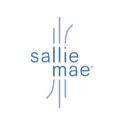 | Not Available | 15 minutes | 1.13% - 11.23%¹ (with autopay) | 3.50% - 12.60%¹ (with autopay) | View disclosures |
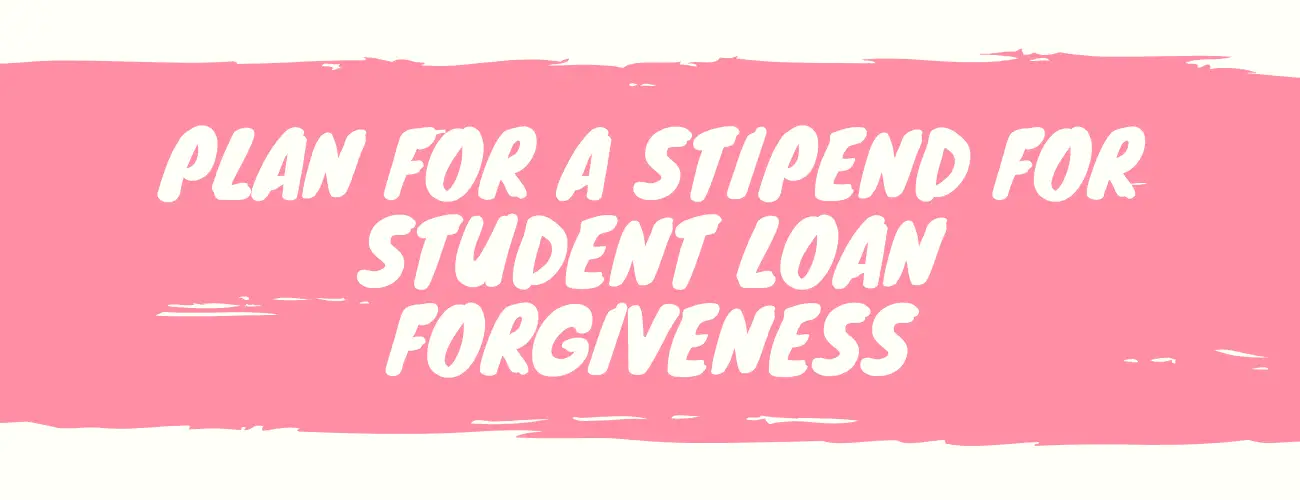
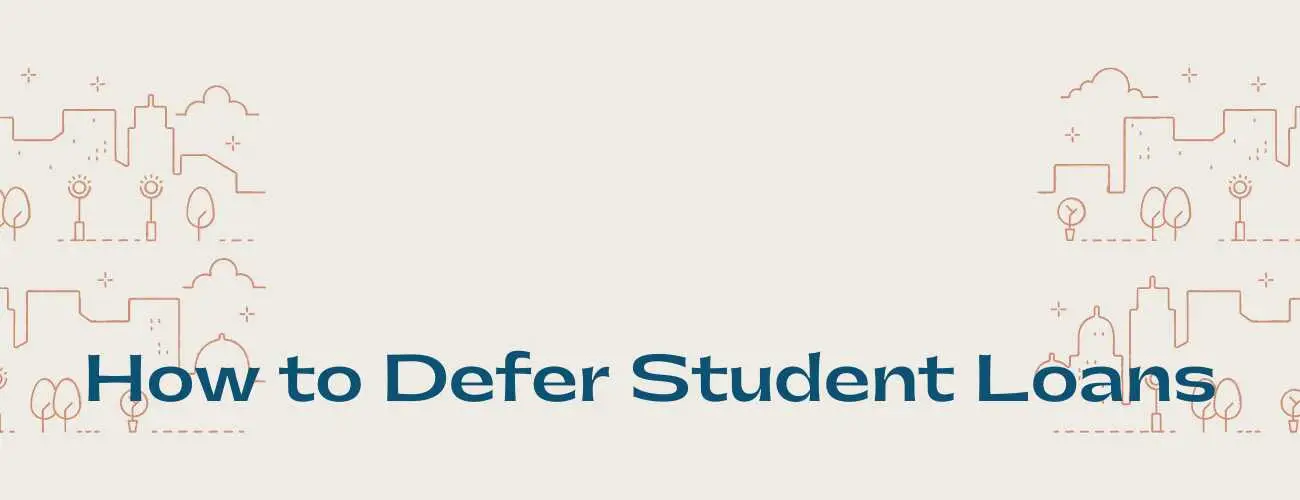
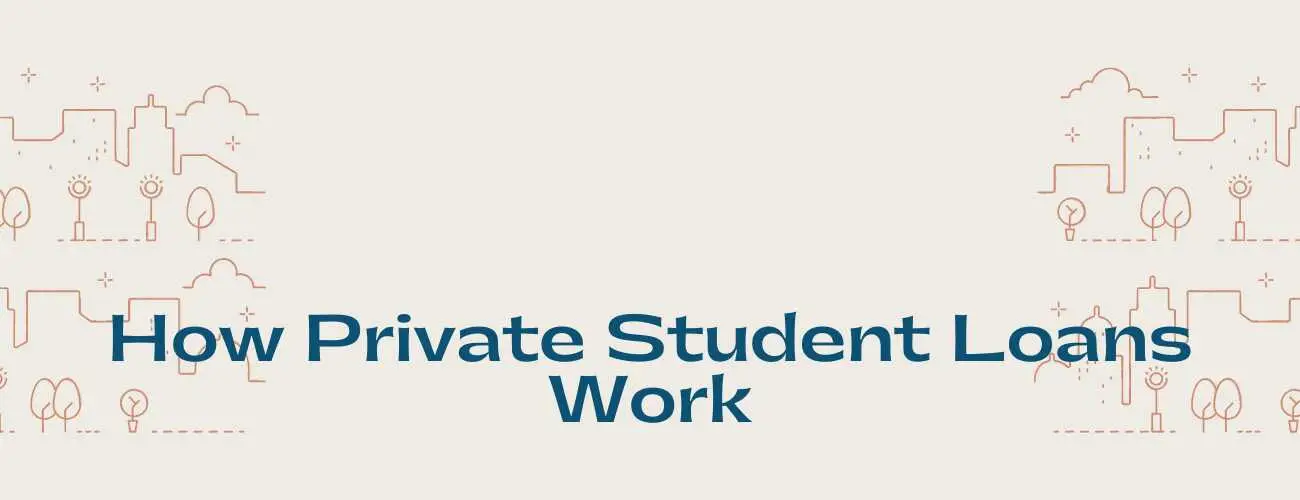
93.jpg)
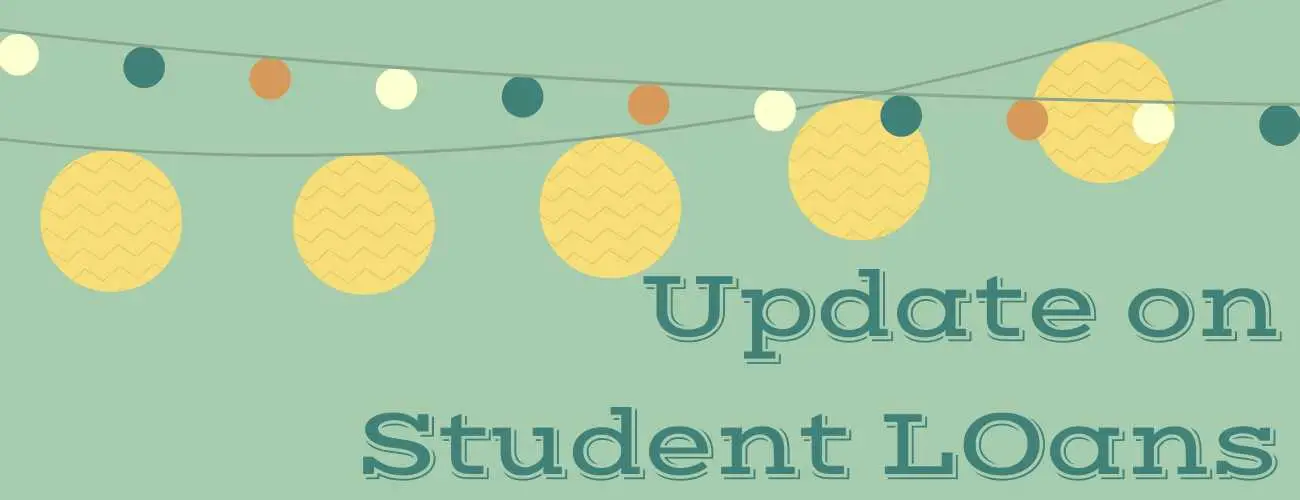
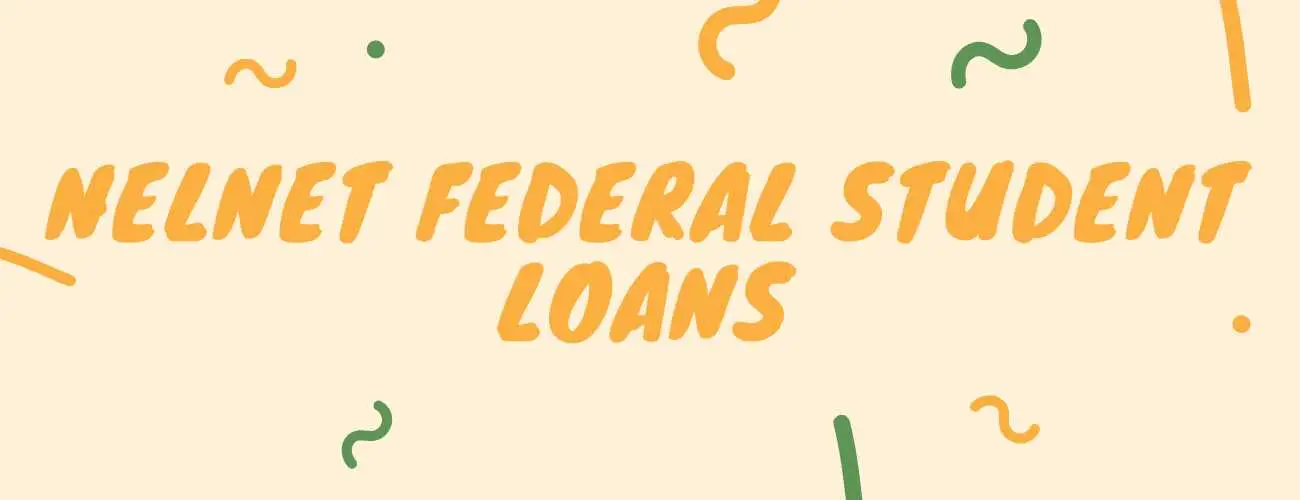
28.jpg)
